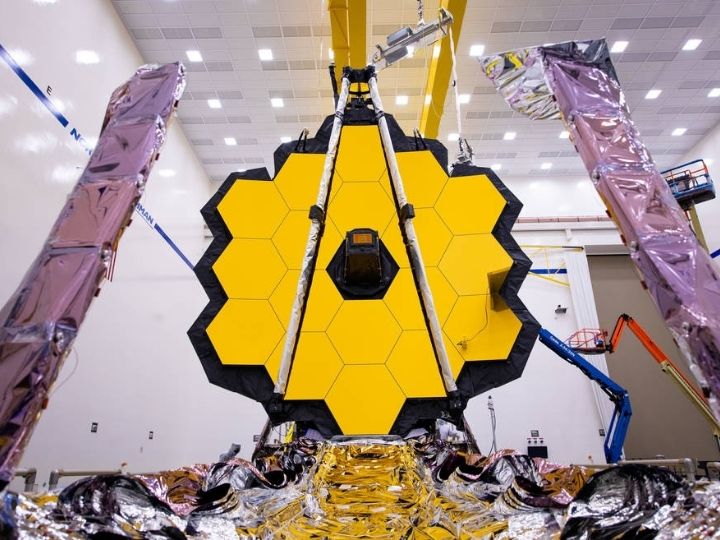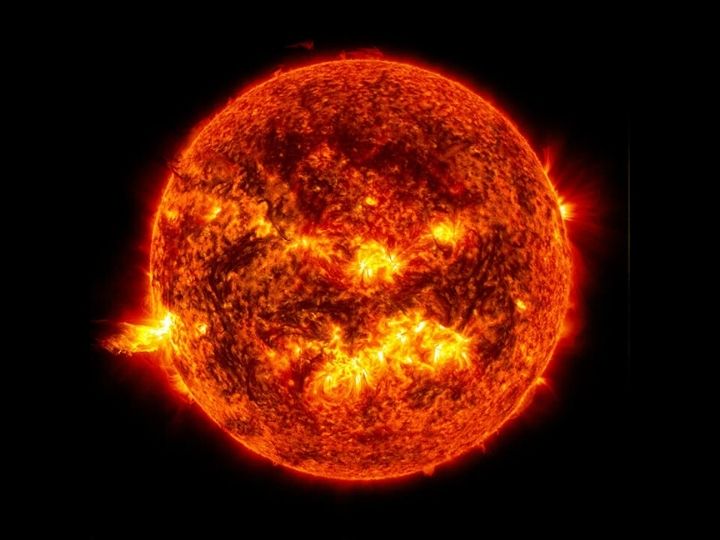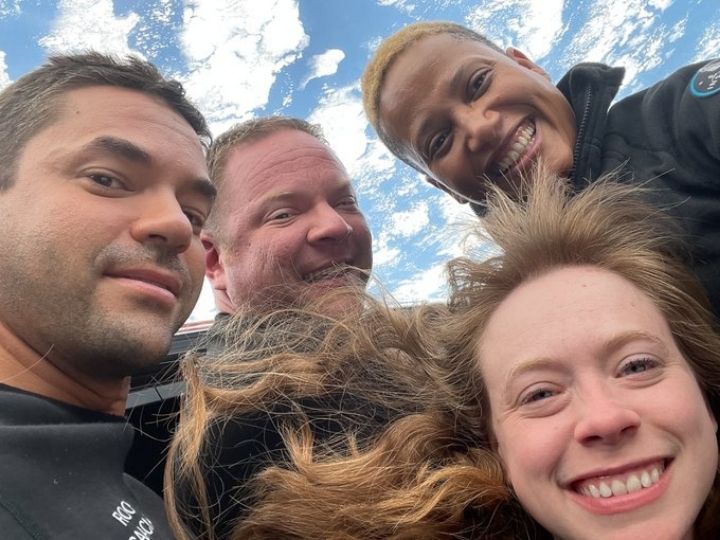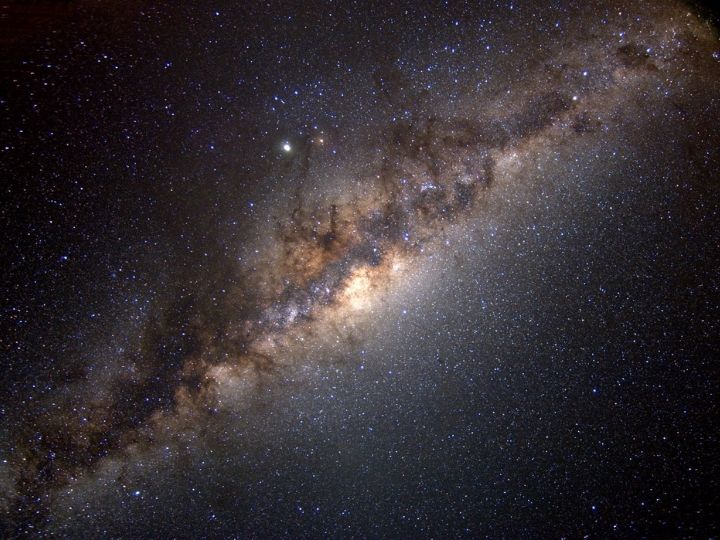New Delhi: The year 2021 was an amazing year for unprecedented scientific research and a lot of important work was completed in the fields of science, especially space exploration, astronomy and biological research. This year was all about news like the space tourism race heating up thanks to the many commitments being made at the Climate Change Conference in Glasgow.
The following is a list of the most interesting science news and research tasks completed in 2021:
1. Launch of the most powerful space observatory ever built

2. Einstein’s theory of general relativity faced the toughest test ever
The study revealed new relativistic effects that have been observed for the first time.

3. Sun in turbulence
In early November, a strong G3 class geomagnetic storm which was caused by solar explosions. This resulted in the formation of auroras in the Earth’s lower latitudes.
According to a study by Indian scientists, the state of the Sun’s turbulence in 2021 is surprising as the star’s solar cycle was weaker in the last decade than in the previous decade. This resulted in a weak solar storm, or CME, during solar cycle 24, which lasted from 2008 to 2019. Besides, the sun was the weakest in 2019.

4. Jeff Bezos’ aerospace firm Blue Origin loses case against NASA
5. The race for space tourism intensifies
The year 2021 was extremely important for space tourism. A total of seven space tourism missions were completed. These include the SpaceX Inspiration 4 mission, the world’s first all-civilian mission to orbit, and the Soyuz MS-20 mission, which marked the first self-funded space tourism mission to the International Space Station (ISS) in a decade. Did.
Star Trek Captain Kirk William Shatner became the oldest person in space in October.
Most interestingly, the first feature film was shot in space this year. A Russian film crew stayed on the ISS for 12 days to shoot parts of a film called ‘Vyozov’, which means ‘The Challenge’.

6. Strange Radio Waves Emanating from the Galactic Center
One of the researchers said that the most unusual thing about the new signal is its “very high polarization,” meaning that light oscillates in only one direction, but that direction rotates over time.
Astronomers believe that these unusual signals may suggest a new class of stellar object.

7. Commercial Space Station Plans Announced

8. Promises Made at COP26 in Glasgow, Scotland
The 26th United Nations Climate Change Conference, commonly referred to as COP26, was held in Glasgow, Scotland, United Kingdom from 31 October to 12 November. Several commitments were made by the participating countries including India. COP26 agreed a new climate deal with 197 countries: the Glasgow Climate Treaty, to keep 1.5°C alive and the 2015 Paris Agreement finalized.
Countries have pledged to curb methane emissions, align the finance sector with zero by 2050, stop and reverse deforestation, ditch the internal combustion engine, accelerate the phase-out of coal, and end international financing for fossil fuels. made collective commitments to Some.

In September, scientists at Washington University in St. Louis found new evidence that supports the idea that America’s first civilization was made up of “sophisticated engineers.” Evidence suggests that the early Indigenous peoples of the Americas, or Native Americans, were highly skilled engineers, capable of building massive earthen structures in a matter of months and sometimes, even weeks. One of the researchers claimed that these early earthquakes have been together for more than 3000 years without failure or major erosion.
An example is the Poverty Point World Heritage Site in Louisiana, US, which consists of 72-foot-high mud mounds and ridges built by hunters about 3,400 years ago.
In 2020, scientists announced the discovery of a strange object they found by accident. This year, they found out more about the object nicknamed the ‘brown dwarf’ ‘Accident’, Accident, as sheer luck found, It is unique in that it bears no resemblance to other brown dwarfs ever discovered in the Milky Way Galaxy (over 2,000 of them).
,